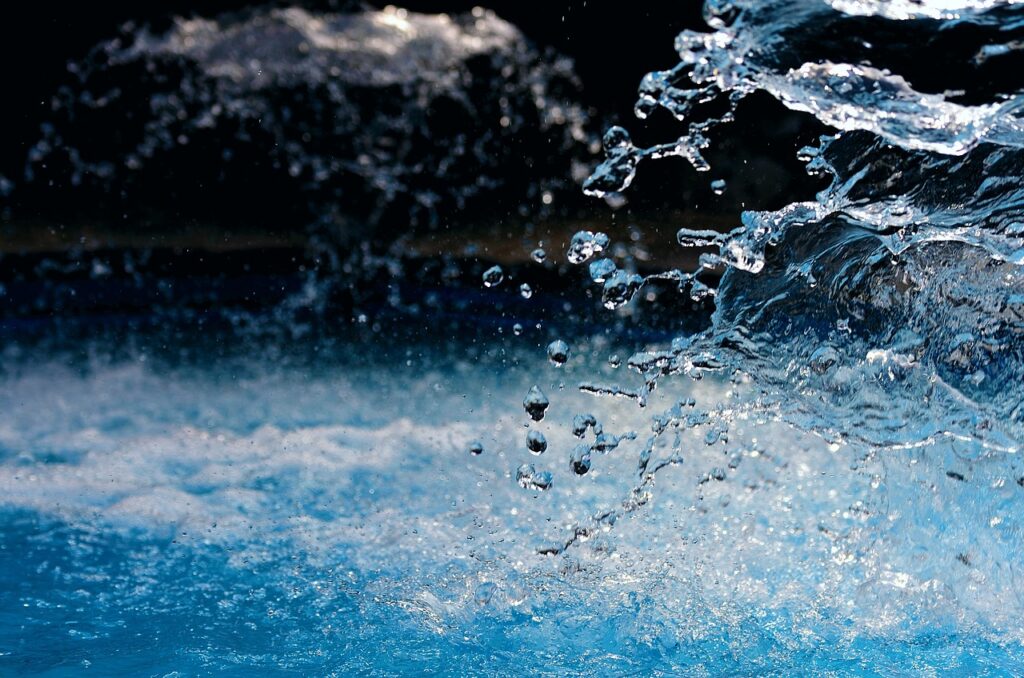As spring continues to bloom (pun intended), it’s a great time to celebrate nature with yoga. Of course, any time of year is a great time to acknowledge the power of nature through yoga.
But during the cold dark months of winter, it’s easy to feel disconnected from nature. Even for the most ardent outdoor enthusiast. With spring comes a renewed sense of life and rebirth.
Through the movements in yoga, you can connect with the four elements of the Earth through mind, body, and spirit. Many of the postures are, in fact, influenced by objects or creatures in nature including trees, cranes, waterfalls, mountains, etc. The list goes on.
Connecting with the Four Elements of Nature in Yoga
Making a conscious effort to connect with the four elements in your practice can be empowering. It allows you a deeper awareness of nature and allows you to focus on specific qualities and movements as they relate to that element. Consider the following:
Water
Think about water for a moment. When a river comes upon a rock, it doesn’t stop and think about how to deal with the obstacle. It just continues to flow.

Bringing this mindset of flow can help you to open up and soften any mechanical aspects that sneak into your practice. If you imagine moving in and out of postures as though moving through water, you’ll be more conscious of the poses and the way they connect with one another.
The water element relates to intuitions, feelings, emotions, and the subconscious. As we hold a lot of emotions in our hips, it can be especially beneficial in hip-opening postures. For example, approaching a low crescent lunge or reclining cobbler’s pose as though in water will greatly increase your awareness of the pose itself. The same can be said for pigeon, lizard, or a wide-legged forward fold. Instead of pushing toward some ‘destination,’ allow for softness and yielding. Let your body surrender.
Fire

In yoga, agni is the word for fire. It’s not referring to literal fire though. In Ayurveda (ancient Indian medicine), it refers to the digestive or metabolic fire in your body. It’s the inner fire that we create through breath and powerful movements to burn away toxins. These toxins include not only those we’ve received through ingesting or the environment, but it applies to negative thoughts, criticisms, and judgments as well.
Stimulating the core – which happens to be where the solar plexus is located – is one of the best ways to connect with the cleansing power of fire. Boat and plank are each core-focused postures that turn on the inner fire. Then, of course, any of the sun salutations series also kick up heat.
Fire is about action, power, and transformation. Performing these poses with the strength, fierceness, and straight-on steadiness of fire will render them more powerful.
Air

The element of air is one of light-heartedness and acceptance. It is associated with intellect, ideas, inspiration, and the mind. When you’re connected with the element of air, you’re willing to move into a space of vulnerability with complete receptivity to learning whatever comes next.
Heart-opening poses are particularly well suited to the element of air. Postures such as cobra, camel, and fish ask you to open up, breathe, and be willing to receive. When performed in tandem with full deep breathing, these poses energize the throat and heart chakras and allow for peaceful openness.
Earth
Finally, there’s the element of earth, which connects with the material world, safety, the physical body, and protection.
Ideally, tapping into the grounding energy of the earth is of benefit to EVERY pose. But that’s going to be harder to access in an ‘advanced’ pose, such as bird of paradise, for example, than one where you surrender and puddle into the ground, such as caterpillar. Especially when there are props involved.

Yin yoga is the ultimate earth-bound practice. In a traditional yin practice, you hold poses for a minimum of 3-5 minutes, and do them close to the ground and fully supported. That means every part of your body is either in contact with the earth, or on a block, bolster, or pillow that’s on the earth.
Some of the more common poses in yin are sleeping swan, half frog, and the aforementioned caterpillar. All of these are done with props that allow for your body to fully sink into the pose with little to no muscular engagement.
Setting an intention to focus on your connection with the earth in the yin practice will enable you to feel more deeply grounded. When you tap into the earth element, you’ll feel supported and nurtured.
Celebrate Nature with Yoga
Even though Earth Day has come and gone, there’s no wrong time to celebrate nature with yoga.
So if you’re curious to see how you can use yoga to align yourself with the elements of nature, contact us today.
Whether you’re new to yoga or have been practicing for quite some time, our mobile yoga and mindfulness services will assist you in feeling your practice more deeply, intentionally, and… naturally.



